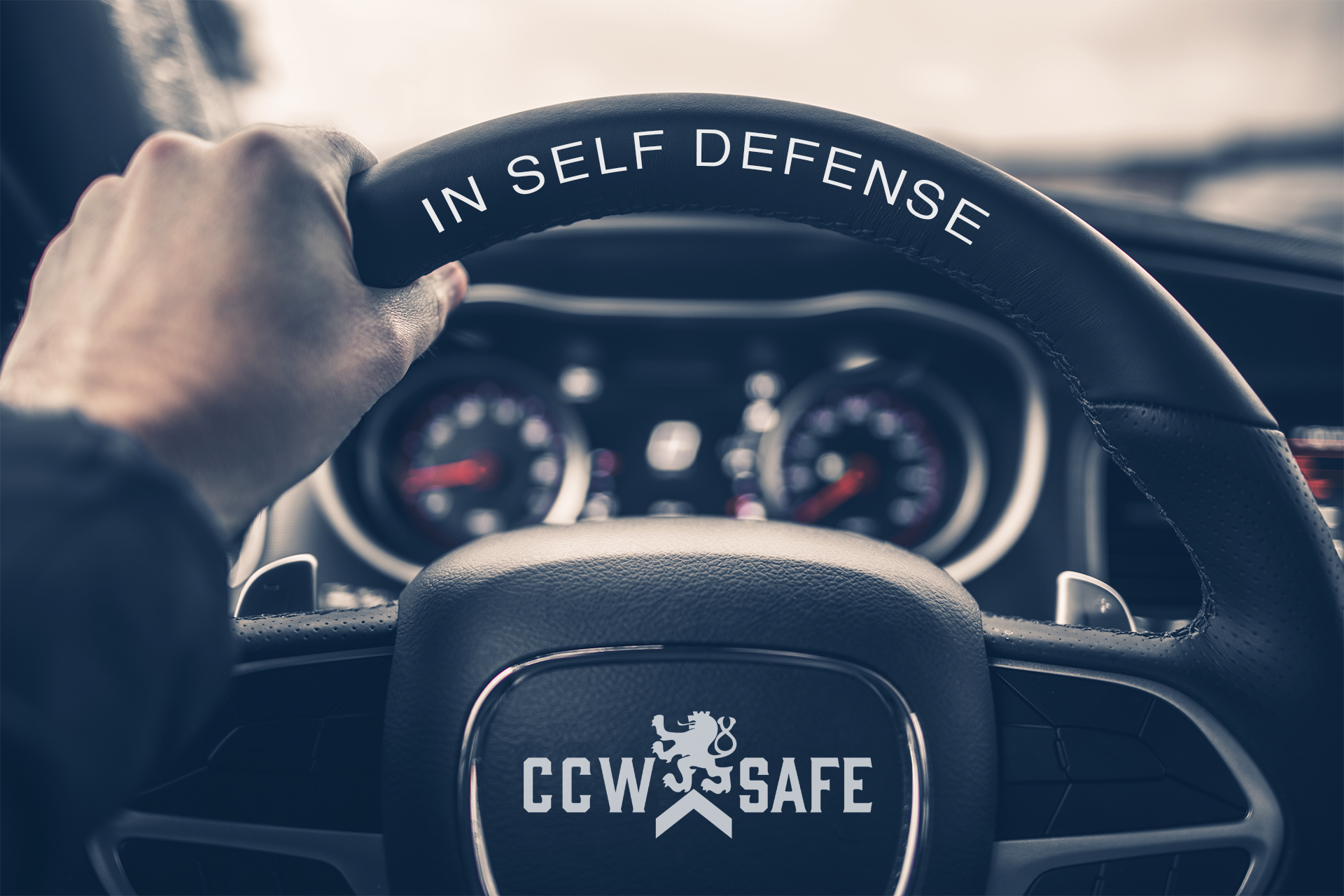
Posted on May 31, 2018
The Shooting of Joe McKnight- A Cautionary Tale To All Drivers
The Shooting of Joe McKnight
“A Cautionary Tale to All Drivers”
Part 1: The Facts of the Case
56-year-old Louisiana man Ronald Gasser had been arrested for a road rage incident before. In 2006, a motorist dialed the “How’s My Driving?” bumper sticker on Gasser’s work truck to complain. The number went to Gasser’s cell phone, and he took umbrage with the criticism. At the intersection of Holmes Boulevard and Behrman Highway — just outside New Orleans — Gasser got out of his truck and confronted the motorist, punching him several times in the head and body.
While the charges were eventually dropped, Gasser’s attorneys were desperate for the judge in his 2018 murder trial to rule that jurors would not learn their client once wound up in cuffs for beating up a guy at the exact intersection where, ten years later, he would shoot and kill local sports hero and former New York Jets running back Joe McKnight.
The judge did, however, allow prosecutors to present this “prior bad act,” and an appeals court agreed, writing in their opinion that the previous road rage incident “helped establish intent and lack of accident and mistake.”
It proved devastating at trial. The jury took seven hours to render a manslaughter conviction, and the judge sentenced Gasser to 30 years behind bars.
Don West, veteran criminal defense attorney and National Trial Counsel for CCW Safe, says that without the evidence of the prior bad act, Gasser would have had much better standing, based on the facts.
On December 1, 2016, a witness saw Joe McKnight, in an Audi SUV, cut in front of Gasser in traffic, initiating a five-mile “tit-for-tat mutual road rage” incident that saw both parties giving rude gestures and shouting obscenities out opened windows.
The verbal sparring continued when the two found themselves stopped at a red light. At trial, prosecutors said Gasser goaded McKnight out of his vehicle, and when the former professional football player approached Gasser’s car and rested his forearms on the open window, “the trap was sprung,” and Gasser shot him. Defense lawyers said the McKnight “was basically trying to kill him and run him off the road,” and that Gasser feared for his life when McKnight “lunged” through the opened window of his car.
Gasser’s attorney paraphrased Louisiana law when he told jurors that deadly force is justified when someone crosses the threshold of your home or your vehicle. But prosecutors made the point that the three shots that struck unarmed McKnight were unreasonable considering the circumstances.
The jury would have to decide if they believed Gasser feared for his life, and they did so without hearing Gasser testify in court. The defense chose not to put Gasser on the stand, relying on the video of an eight-hour interrogation that Gasser submitted to without the counsel of an attorney. While the video does show Gasser proclaiming that he feared for his life and fired in self-defense, it also captured him making a number of claims that prosecutors were able to refute with forensic evidence during trial, undermining the credibility of his statements.
Considering the manslaughter conviction, Judge Ellen Kovach had a broad discretion with sentencing. She could have issued anything from zero to 40 years. The choice of 30 years was meant to send a message: “Let this be a cautionary tale to all drivers who rage behind the wheel of their car at other drivers.”
In our series “The Four Elements of Self-Defense,” we explore how location, escalation, reasonable fear, and post-incident actions can affect the legal defense in a self-defense case. The Gasser case is the first of three we’ll explore that involve the use of deadly force in and around automobiles. Like Judge Kovach said, these cases should be a lesson to every concealed carrier who drives an automobile.
In the next installment of “The Four Elements of Self-Defense,” we’ll explore how the location of the shooting of Joe McKnight factored into the legal defense of Ronald Gasser.

Shawn Vincent- Litigation Consultant
Shawn Vincent is a litigation consultant who helps select juries in self-defense cases, and he manages public interest of high-profile legal matters. If you have any questions for Shawn, or would like more articles like this, let us know below!